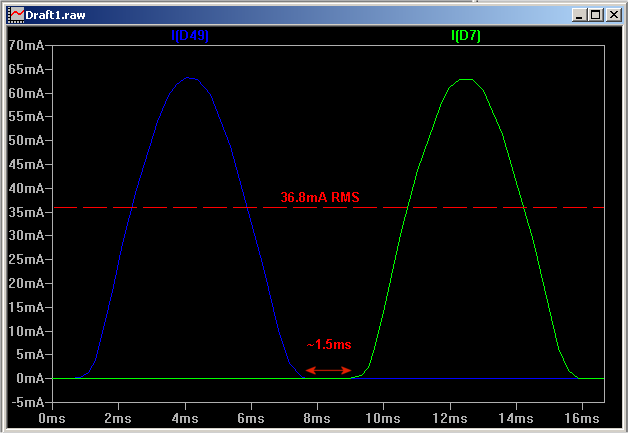I had a thought earlier today. I couldn't post it because either the CPF was slow, or my internet connection was messed up.

Now, I must have missed the details on how this unique emitter works, but I had a couple of ideas.
First of all, I am curious if this Acriche was a white emitter. It looks like a bare, but textured die, but the typical phosphor layer is missing. Is this the work of quantum dots? How about a thin ceramic substrate on top like what Lumileds are planning to use?
Looking at the last picture by the OP, I noticed that the current spreader traces on the top surface of the die were discontinuous. I had two ideas. Please tell me if they are crazy or if I am way off...
Current spreaders are usually applied on the die at specific distances apart to spread the current evenly over the die. If the distances are too far off, then you will get "dim" areas because that area is receiving less current.
So, does that mean that the single die has many regions that are wired in a series fashion? If so, then between each trace gap, there is a voltage drop due to what is required by the die material to be energized and release photons (Vf). With enough gaps, there will be a larger forward voltage (closer to ~110V?). Maybe on the underside of the die, there are strategically placed traces (like the rear of a Rebel emitter using flip chip dies), or just more current spreader traces. These alternate (or not) to ensure that current will continue to flow. For example, I will try to show you using a diagram. Imagine a cross section of the die. There are traces on the top, and maybe traces on the bottom. I know that current can only travel in one direction, but I am just throwing out something that could make sense maybe...
Code:
_ _ _ _ <traces (top and bottom)
| |_| |_| |_| <current flow?
or
_ _ _ _ <traces (top only?)
| \| \| \| <current flow?
If this idea works, then i have a second idea. Can the LED die material ever conduct electrons in the reverse direction? Can they make dies with a alternating or reverse doped construction? Could AC be fed to each die (making it a series-parallel wired emitter) in a away where some regions of the die light up when placed in one polarity, then they switch over to other regions when the polarity is switched?
Lets say that these "regions" are wired in series. Could each die have a forward voltage of almost 50V so that the 120V model is wired in series-parallel, and the 220V model is wired only in series. The Acriche came in four models (100V, 110V, 220V, and 230V), so could the difference between each two groups (100/110V and 220/230V) be the selection of resistors? The picture in the OP's post shows that the dies are definitely wired in series-parallel. The bond wires in each corner are bonded to the same bit of metal (to be wired to the power leads).
Does this make sense? I am just trying to figure out the discontinuous current spreaders. I remember an older thread (no link) where someone took a picture of the Acriche emitter while lit up. It looked as though there were a grid of dies, but maybe they were just lit up regions. What do you guys think? Jtr? I wish Newbie was still around...
-Tony
EDIT:
I wonder if the capacitor and resistor in parallel is working as a current limiter. However, the capacitor is very small, so I doubt it could be big enough to program the combo to create 40mA of current. The resistor value is small for this application, too. Maybe I do not know enough about this basic current limiting topography. I am just learning some basics from a reverse engineered LED night light and some AC mathematics.











 Now, I must have missed the details on how this unique emitter works, but I had a couple of ideas.
Now, I must have missed the details on how this unique emitter works, but I had a couple of ideas.